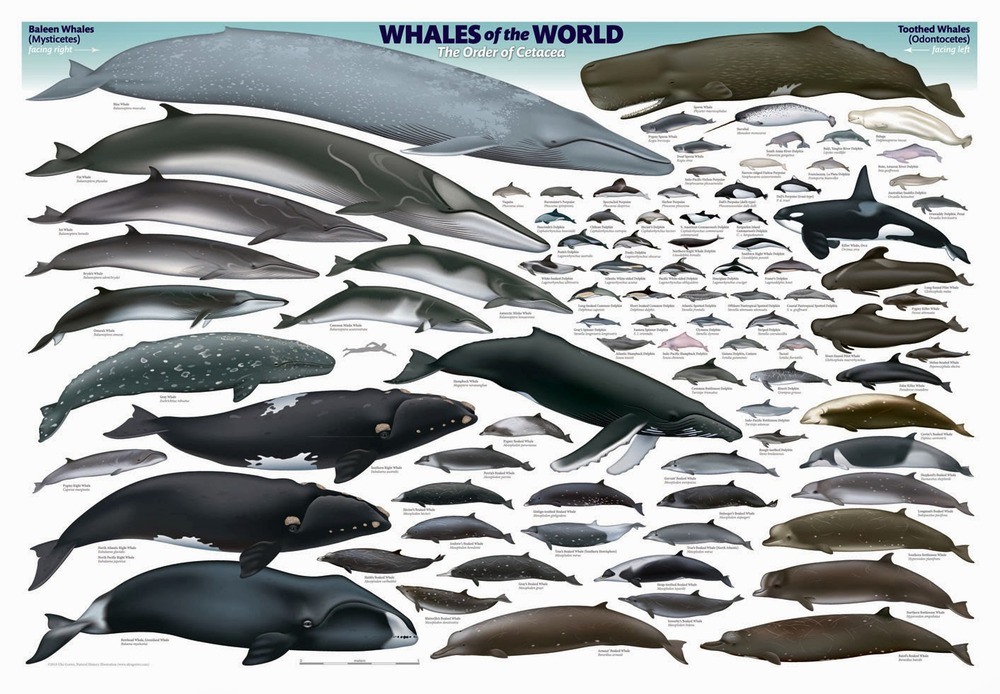PermeateFree said:
The things that must be done to retrieve a carcass of a whale. Not everyone’s idea of a good job.
>>In late January, a rare Bryde’s (pronounced broodus) whale was found dead in the Florida Everglades. The clock started ticking on what to do with the rotting corpse on an island beach frequented by tourists. After all, a whale-sized corpse creates a whale-sized mess, not to mention the stench.<<
https://www.smithsonianmag.com/blogs/national-museum-of-natural-history/2019/10/23/saving-rare-whale-skeleton-was-dirty-job/
Good article, I’m enjoying this.
> a rare Bryde’s (pronounced broodus) whale
I didn’t know that. Luckily not particularly large. Wait, no, I’m wrong, it’s bloody huge. 4th from the top on the left hand side of the chart below.
There was a TV show about an on-beach autopsy of a dead whale. Not too dirty a job. But this is different, because of the months long delay before removing the foul smelling slime pit.
> It was reburied. But this time, it was above ground in composting material — hay, wood chips and manure — so that the specimen would decompose neatly, leaving the bones easier and less odorous to handle and store.
That – worries me a bit. Composing material is acid, which will eat the bones. An alkaline environment would have been better. But I suppose it wasn’t in there for long enough to do damage.
> This skeleton will likely end up being the official scientific representative defining its community.
Nice! According to wiki, it’s not yet clear whether Bryde’s whale is one species or two. Given that the type specimen comes from Burma and this one from Florida, this should clear up very nicely whether there really are two species.

